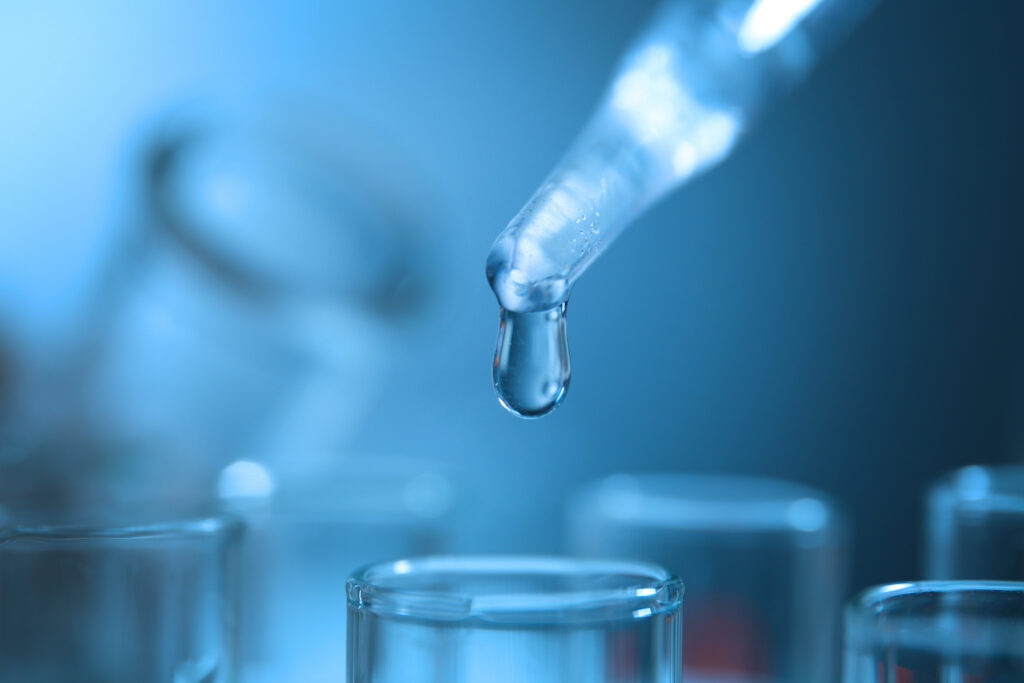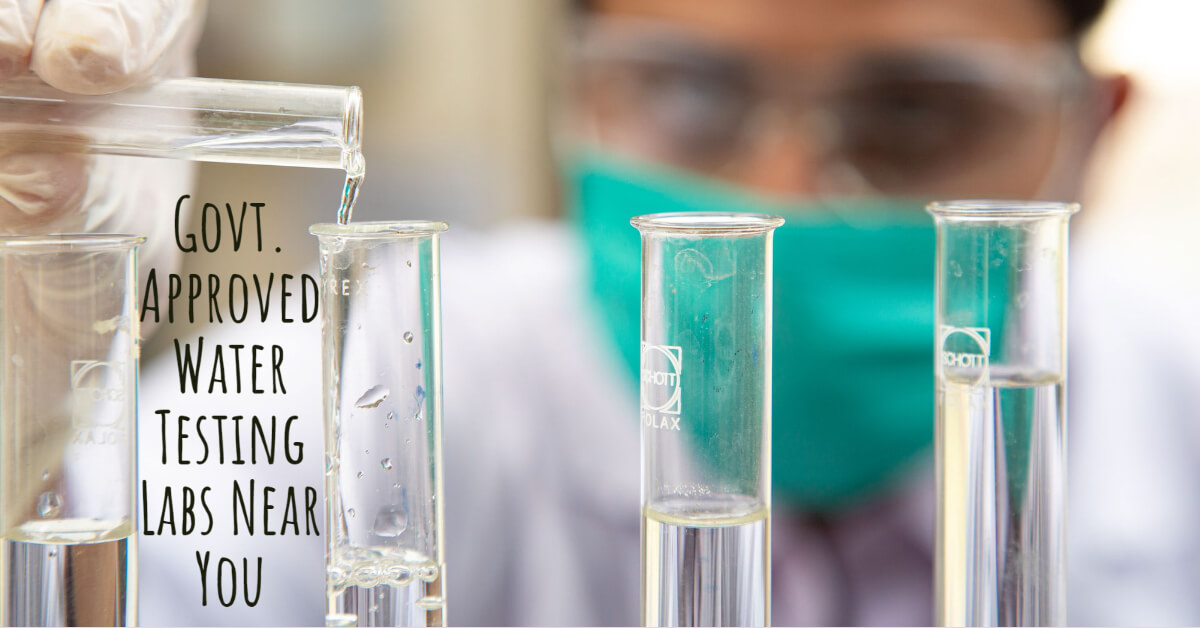Water is often referred to as the elixir of life, and its quality is paramount to our health and well-being. Water testing is the scientific process by which we assess the safety and purity of this vital resource. In this comprehensive guide, we will delve into the science behind water testing, helping you understand its importance and how it works.

Why Water Testing Matters
Water is a universal solvent, meaning it has the remarkable ability to dissolve a wide range of substances. While this quality is essential for life, it also makes water susceptible to contamination. Here’s why water testing is crucial:
- Human Health: Contaminated water can harbor harmful microorganisms, heavy metals, chemicals, and other substances that, when ingested, can lead to severe health problems.
- Environmental Impact: Poor water quality can harm aquatic ecosystems, disrupt natural balances, and endanger aquatic life.
- Infrastructure Damage: Water with high mineral content can cause scale buildup in pipes, appliances, and industrial equipment, leading to costly repairs.
- Legal Compliance: Many regions have regulations governing water quality, and non-compliance can lead to legal consequences.
The Water Testing Process
Water testing involves a series of precise scientific steps:
- Sample Collection: A representative water sample is collected from the source of interest, such as a well, river, or tap. Proper sample collection is critical to ensure accurate results.
- Preservation: To prevent changes in water chemistry during transportation to the lab, samples may be preserved with chemicals or kept at specific temperatures.
- Laboratory Analysis: The collected water sample is analyzed in a certified laboratory using state-of-the-art equipment and techniques. Various tests are conducted to detect specific contaminants.
- Interpretation: Trained professionals interpret the test results, comparing them to established water quality standards and guidelines.

Common Water Tests
Water testing encompasses a wide range of parameters. Some common tests include:
- Microbiological Testing: Identifying and quantifying microorganisms like bacteria and viruses that can cause waterborne diseases.
- Chemical Testing: Assessing the presence and concentration of chemicals, including heavy metals, pesticides, and industrial compounds.
- Physical Testing: Measuring characteristics such as temperature, pH levels, turbidity, and conductivity to assess water’s physical properties.
- Mineral Analysis: Determining the mineral content of water, which can affect taste and cause scale buildup.
- Radionuclide Testing: Detecting the presence of radioactive elements, which can pose health risks.
Interpreting Results
Interpreting water test results requires expertise. Key factors include:
- Comparison to Standards: Results are compared to established water quality standards and regulations specific to the region.
- Health Implications: The presence of certain contaminants may pose health risks, prompting further action.
- Treatment Recommendations: If contaminants exceed safe levels, recommendations for treatment options are provided.
- Monitoring: In some cases, regular monitoring is advised to track changes in water quality over time.
Conclusion
Water testing is the scientific backbone of ensuring safe and clean water for consumption and various other uses. Understanding the science behind water testing empowers individuals and communities to take proactive measures to protect both human health and the environment.
By investing in regular water testing and heeding the results, we can safeguard this precious resource and ensure that it remains a source of life and sustenance for generations to come.
Frequently Asked Questions
How often should I test my drinking water?
The frequency of testing depends on factors like your water source and any specific concerns. It’s recommended to test well water annually and municipal water at least once every three years.
Can I conduct water tests at home?
While some basic home water testing kits are available, professional laboratory testing is more accurate and comprehensive, especially for detecting contaminants at low levels.
What are the most common water contaminants to test for?
Common contaminants include bacteria, lead, arsenic, nitrates, chlorine, and various chemicals. The specific contaminants to test for may vary depending on your location and water source.
Is water testing expensive?
The cost of water testing varies based on the scope and complexity of the tests. Basic tests are relatively affordable, while more comprehensive analyses may be costlier.
Can water treatment systems effectively remove all contaminants?
The effectiveness of water treatment systems depends on the type of contaminants present. Different treatment methods are designed to target specific types of pollutants, so it’s crucial to match the treatment system to the water’s quality.







